When Rick Lowe was growing up in Russell County, Alabama, those close to him often wondered if he would become a preacher. Not necessarily because he conveyed any deep religiosity, but rather because he embodied a different idea of devotion: the kind that sprung from a love for the people around him, from an understanding of their realities and his own, and from the knowledge that better realities were both needed and attainable.
“In the South, the people that worked on behalf of the community did so through the church in some way,” Lowe says. “But I wasn’t interested in church, so art became that thing for me, that resource that could develop and nurture our humanity.”
So, Lowe opted for the artist’s studio rather than the chapel, the brush rather than the Bible. Ever since, he has heeded, with rigor and clarity, his conviction that a work of art can be its own kind of service for a social congregation, that to make art is to do so in connection with people. At 63, now more than 30 years into his career, Lowe has become one of the definitive practitioners of socially engaged art, having developed community-based art projects in locales including Houston, Dallas, Chicago, Tulsa, New Orleans, and Athens.
Lowe, who speaks with impassioned quickness and a lilting yet phlegmatic cadence, was sitting amidst the paintings in his Houston studio when we meet in August. He tells me that he began painting in college at Georgia’s Columbus State University, at the suggestion of a professor who recognized his activist proclivities. “I didn’t have any training, but I liked it, and I dedicated myself to it,” Lowe explains. “But what really got me hooked on it was coming from rural poverty. I came up with the notion that I wanted to do something to help people in the circumstances I’d experienced directly.”
In college, Lowe mostly trained within the tradition of American landscape painting. Afterward, he began making figurative paintings dealing with explicitly political topics like police brutality and the war on poverty. But the real tectonic shift in his artmaking came when he encountered the work and ideas of Joseph Beuys. In particular, it was Beuys’ idea of “social sculpture”—a term he used to conceptualize art as a shared, ubiquitous endeavor necessarily imbued with the capacity to foment collective socio-political change—that moved Lowe to think differently about what he could do with his artmaking and how he could mobilize it as a resource.
Given this theoretical groundwork beneath his feet, the artist began to regard his environment differently. At this point, he was living in Houston, where he had moved to in 1985, and set up a studio in the city’s Third Ward, a low income and predominantly Black neighborhood. At the time, the neighborhood was facing a nadir. Little remained of the job market in the area after a bust in the Texas oil economy; the crack epidemic had begun to tighten its disastrous grip on the community, and residents were leaving en masse for other areas of the city where life seemed more livable and horizons more ample. The houses they left behind were boarded up. Others were demolished altogether.
But Lowe—along with artists James Bettison, Bert L. Long Jr., Jesse Lott, Floyd Newsum, Bert Samples, and George Smith—knew that the Third Ward had a future beyond neglect. In 1993, they pooled together their money and bought and remodeled 22 abandoned, dilapidated shotgun houses. Those houses became the shell of Project Row Houses (P.R.H.), an ongoing community-based arts initiative that supports Houston’s Third Ward Community with art, education, and basic material resources. Its group of artist-founders would go on to be dubbed The Magnificent Seven.
P.R.H. ignited a breadth of new possibilities for the Third Ward that have endured for 31 years. Today, it continues to engender community-enrichment projects, including youth mentorship and tutoring, food distributions and markets, support groups for young mothers, and incubators for local small businesses. There are also artist residencies and fellowships, gallery spaces, and site-specific installations rendered by Third Ward artists. The organization has also been working against gentrification in the neighborhood: In 2003, P.R.H. started a sister organization, the Row House Community Development Corporation, which focuses on developing affordable housing for community members.
Lowe is not one to mince words about the stakes of the work that P.R.H. has done and continues to do. “If you’re working in a context in which there are people with real issues... it’s not bullshit,” he says frankly. “So you really have to try to use your creativity to root it in things that you can imagine will have a real outcome.”
Though fulsomely rewarding, his entrenchment in the work has also been taxing. In 2018, after 25 years of being at the helm of P.R.H., Lowe retired from the organization, leaving it to a trusted team of collaborators. It was a paradigm shift for him, not only in stepping away from a substantial piece of his life’s work, but also by making space to pursue new endeavors and revisit old ones.
Around the same time, Lowe returned to his roots as an artist and took up the paintbrush once again in earnest. Over the past six years, his paintings have landed him a spot in the 2022 Whitney Biennial as well as a solo exhibition at Gagosian Gallery in New York the same year, and another in 2024 at Museo di Palazzo Grimani in Venice. Wherever they go, however, his paintings carry the history of his work with P.R.H. Today, Lowe’s studio is six blocks away from P.R.H.’s headquarters. His workspace which contains a large kitchen stocked with food that Lowe shares with visitors—holds a symbiotic relationship with the neighborhood, which he describes as “extending into [his] studio practice.”
This close proximity between his studio and the community surrounding it has been crucial to both Lowe and the residents of the Third Ward, empowering both to remain invested in their relationships with one another. For Lowe, this also allows him to continue his mentorship practice. He rejects the conventional mythos of the artist’s studio as a secretive place of hermetic creation—and instead aspires to establish it as a hub for gathering and learning. Speaking about his space, which is consistently animated by the buzz of young people from the neighborhood whom Lowe has taken under his wing, he remarks: “It’s an exposure of people to possibilities. Not many young people in the community have ever really thought of an artist who actually makes a living from just getting up and making every day.”
But the learning that transpires in his studio is not vertical or uni-directional: Lowe is constantly learning from his young visitors, who approach his canvases with sharp and open eyes. “They can come in here and look at this painting and read it,” he says. “They can talk about it and they have questions. They don’t need a framework that they have to look at it through. They’re much more open and they can give so much more.”
At the same time, P.R.H. and its ethos continue to leave traces on the formal and compositional dimensions of Lowe’s paintings. The surfaces of the canvases ripple with the patterns of social worlds, communities, and gatherings, drawing the eye into a labyrinth of energetic lines and shapes. Though the compositional motifs running through his paintings are abstract, they are also a re-figuration of a very real part of his everyday life within the Third Ward community: the fun, games, and play that often catalyzes social bonds. Since the mid-’90s, Lowe has been avid about dominoes, a game that enjoys a beloved status in the neighborhood. He has the habit of taking photos of the board as a distraction from the gameplay itself. One day, looking at images he had taken of the tiles, he noticed something. “My mind started to interact with the construction of how the game played out, the way its lines play out,” Lowe remarks. “I just liked the way that they moved.”
Around 2014, the artist began tracing finished domino games, creating frottage drawings that bear the residue of players, strategies, triumphs, and loses. Then, years later, he began developing these drawings into paintings. Typically, Lowe cuts up the drawings, deconstructing the visual language of the game and then reassembling these piecemeal parts, collaging them onto the canvas in bustling, layered configurations.
As the domino games are reshaped and rescaled on the canvases, a new kind of elaborate patterning develops, one that suggests a different variety of linear relationships. “The more I drew these things, the more they looked like maps,” Lowe says. The rhythm of domino pieces, their progression across the board in connective chains or sequences, the web that is drawn from these sequences, takes on a cartographic arrangement on the surface of the painting that evokes a bird’s-eye view of city streets.
Lowe’s interest in cartography dates back to his early-life training in landscape painting. But it really took off in dealing with the geography of P.R.H., a project that cannot be conceptually separated from the politics of urban space. “I remember early on someone telling me, ‘Oh, since you’re thinking about gentrification, look at infrastructure maps. And then land-use maps,’” Lowe recalls. “At one point in the community space in Project Row Houses, we just had a whole wall with different kinds of maps hung up. I was drawn to the aesthetic.” The resulting canvasses are teeming with activity and motion. Looking at them feels like getting swept up in a kind of locomotive journey, a stretch and sprawl across a terrain of color.
Dedicated as he is to his paintings, the artist continues to have ambitions in the realm of social practice. As he looks towards his future, he wonders: “I have this privilege now of being with a gallery that shows and sells work. How do I leverage that? What is my ethical responsibility to that?” He has answered this question, in part, with “Black Wall Street Journey,” 2018– present, a project based in Chicago that centers on a public art installation about the contributions of Black wealth to the economy, on view in tandem with related programming across the city. Titled after the historical Black Wall Street in Tulsa, Oklahoma, the initiative features financial literacy workshops, art builds, and pop-ups.
Meanwhile, Lowe’s mind has a cartography of its own, one that is constantly mapping out the more viable worlds that art—his own and that of others—can bring to fruition. He’s been at it for more than three decades, and yet he continues to mold his practice into new shapes, exploring and charting terrains of possibility on and off the canvas.






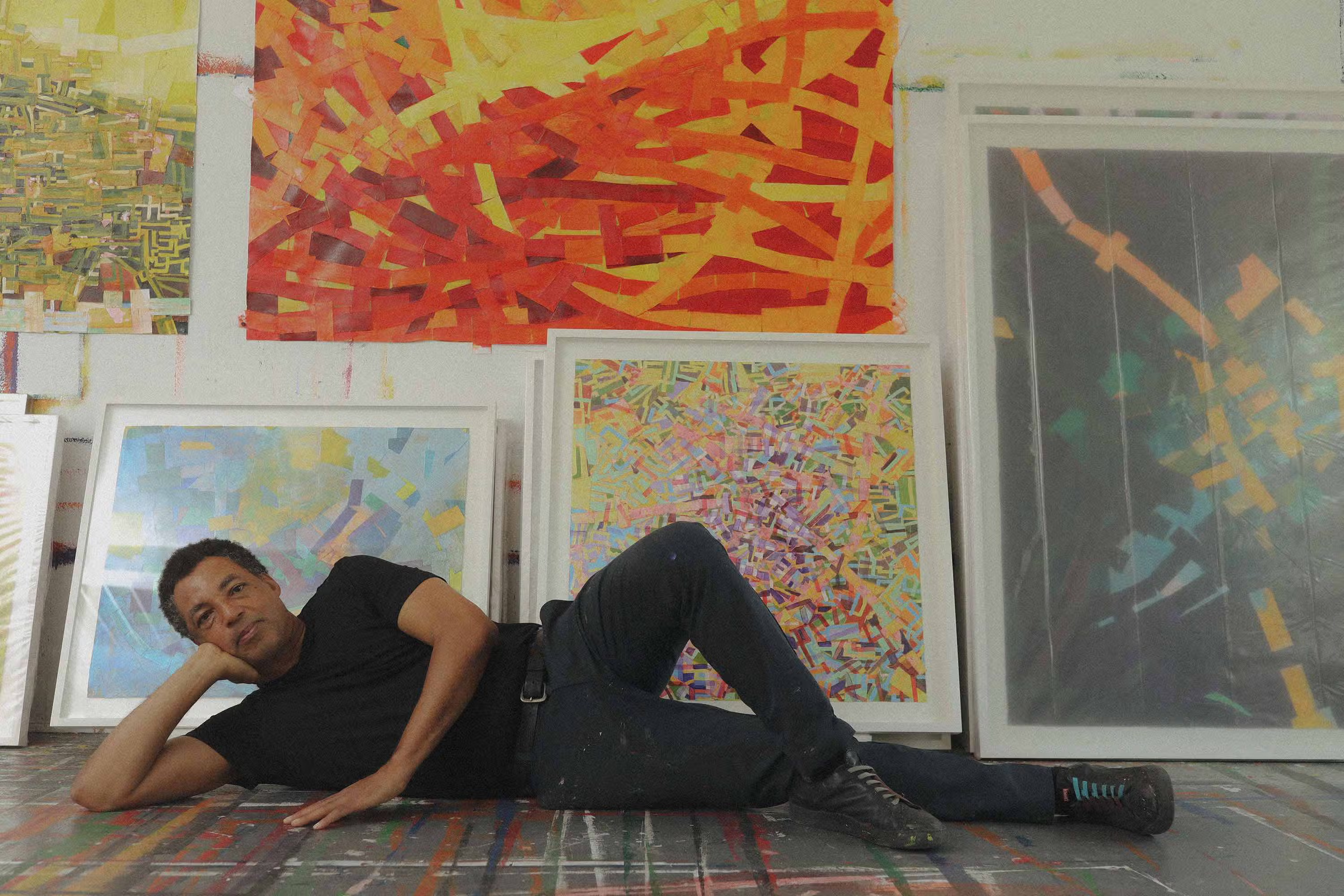

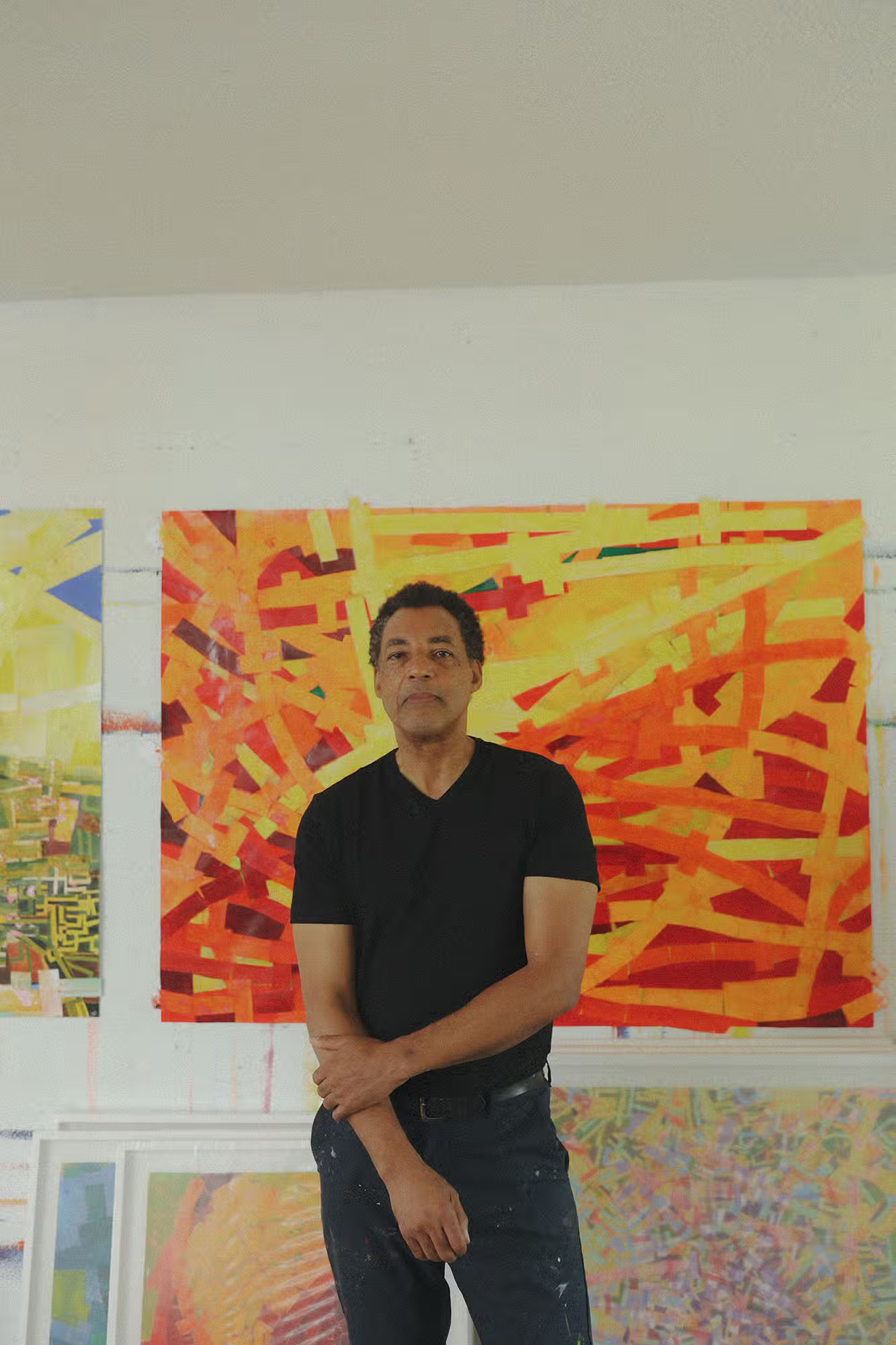
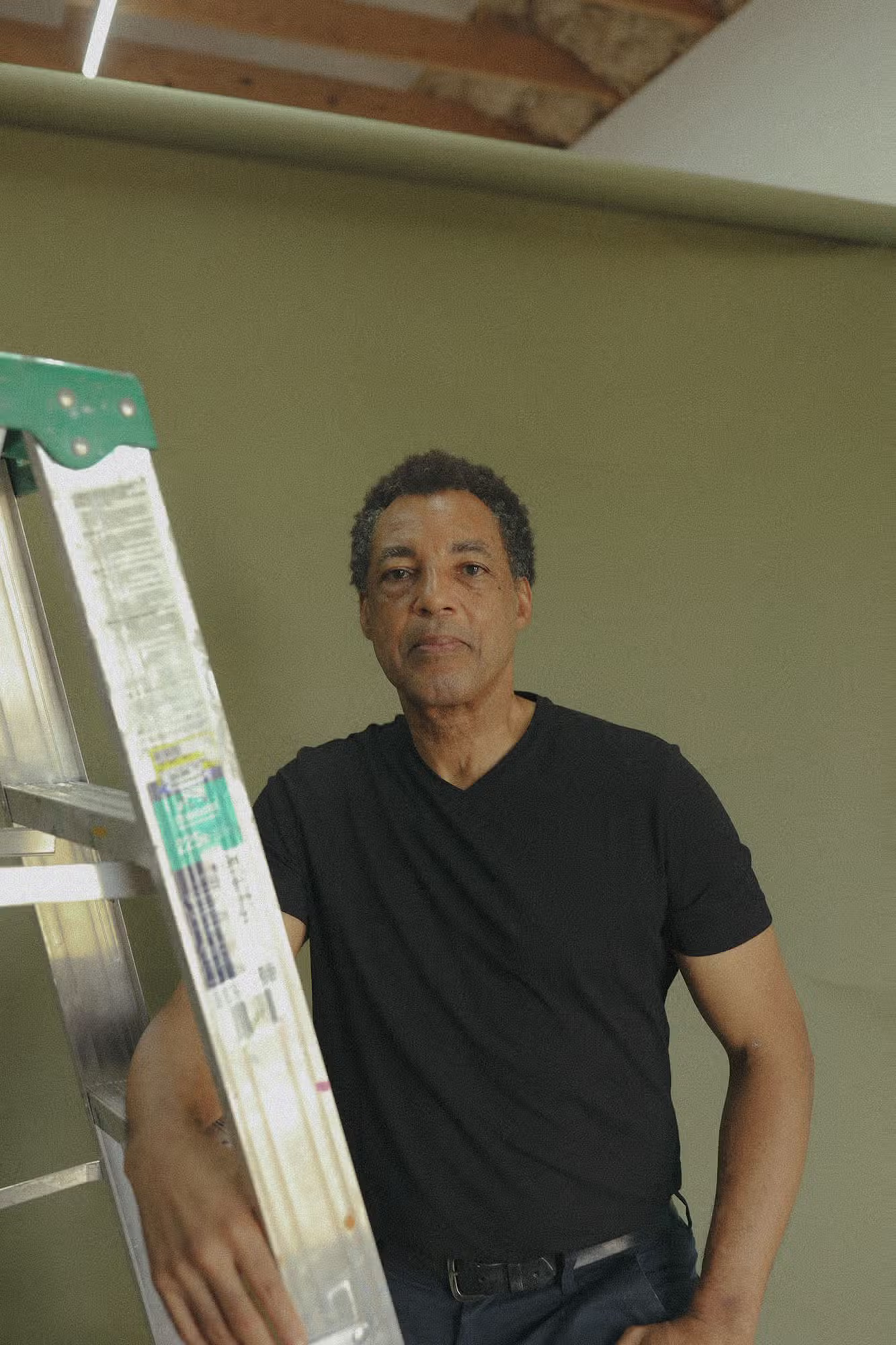
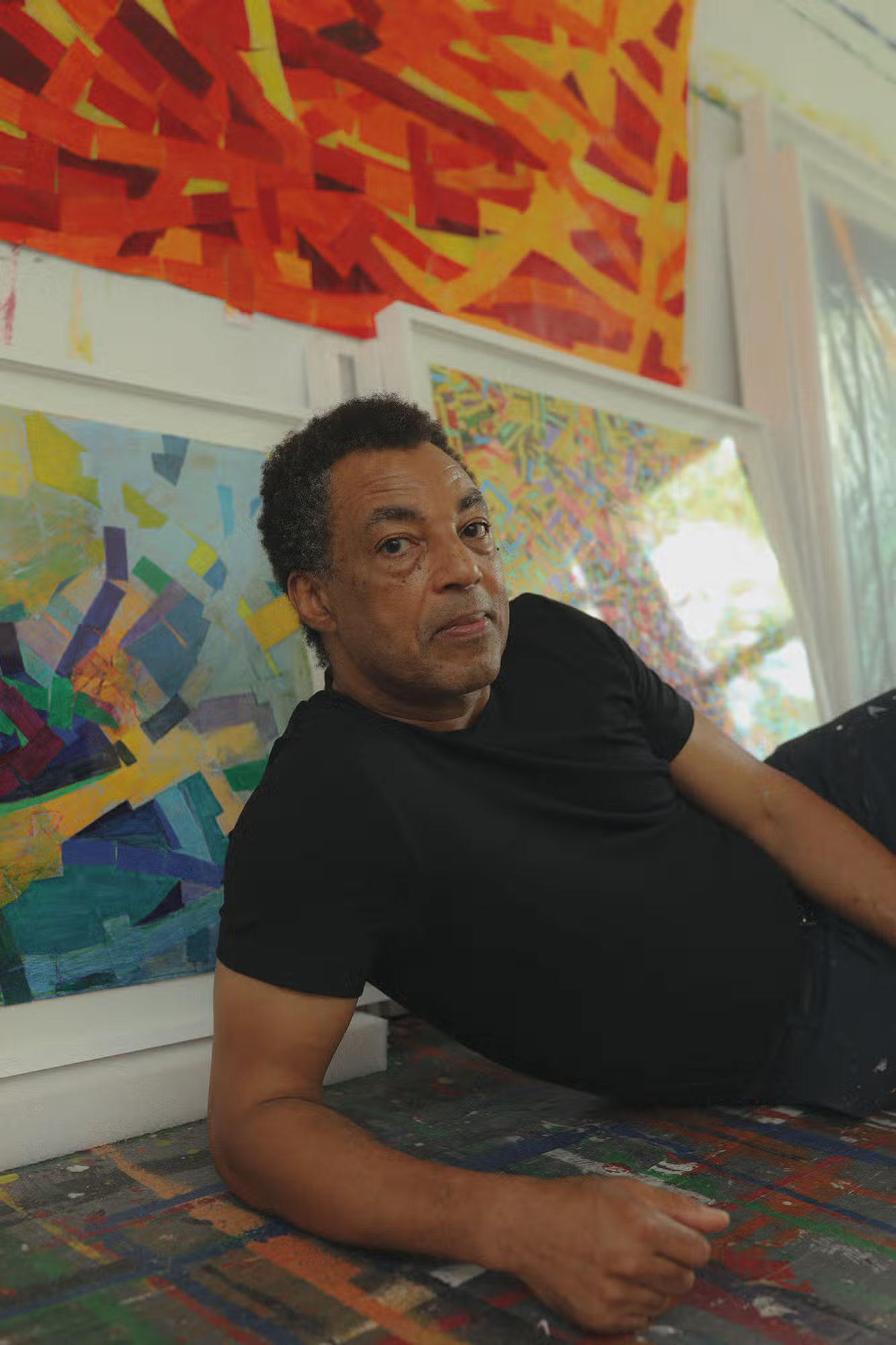
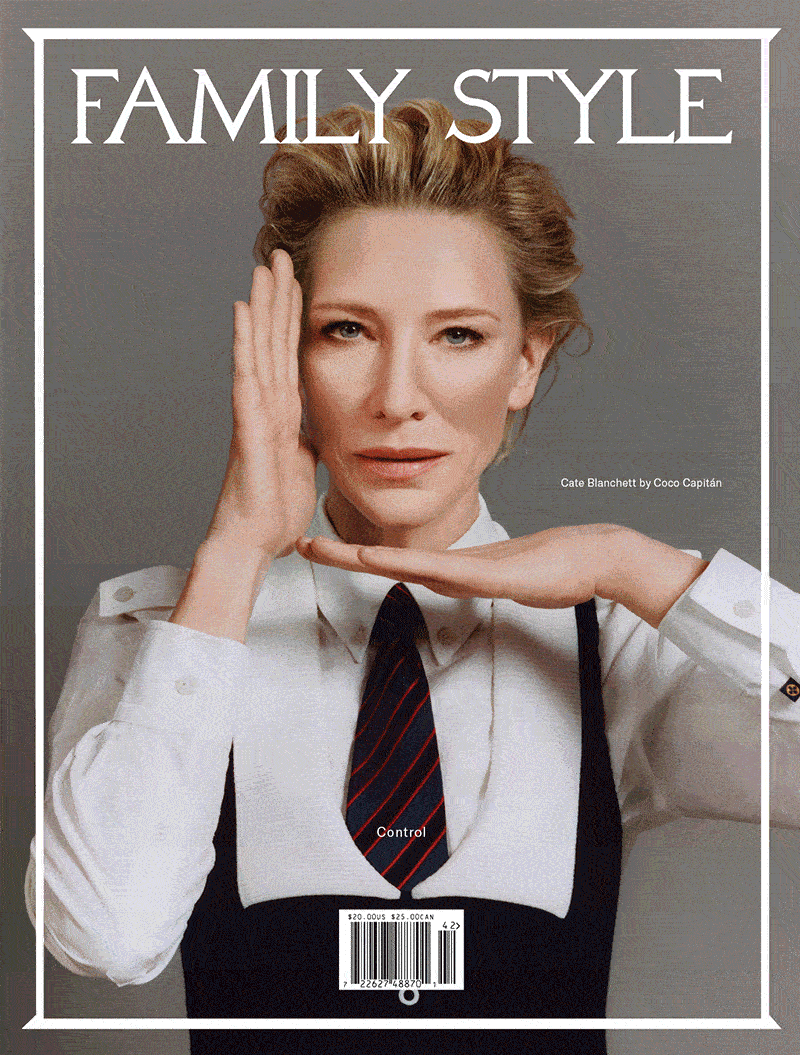


.avif)

